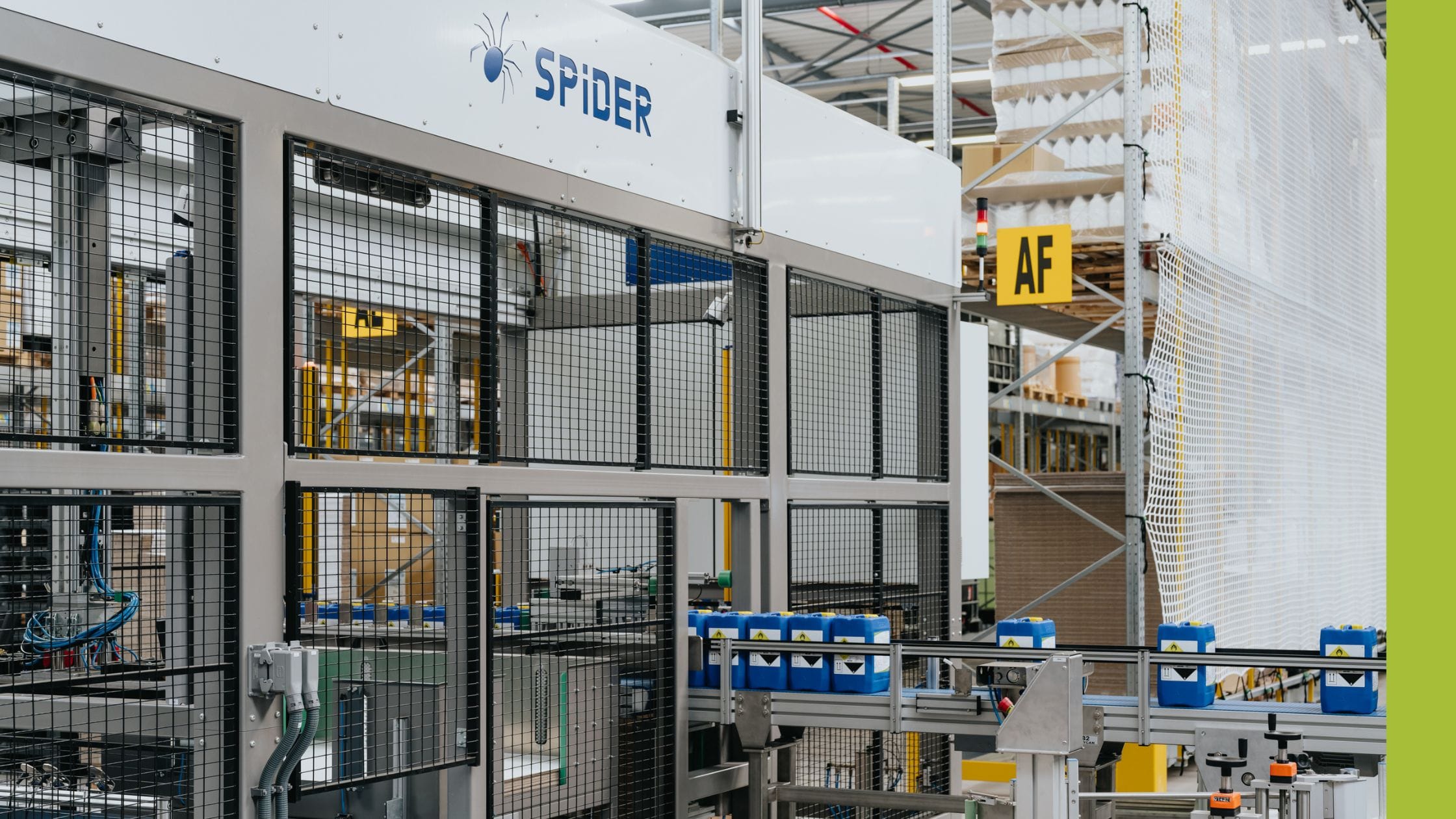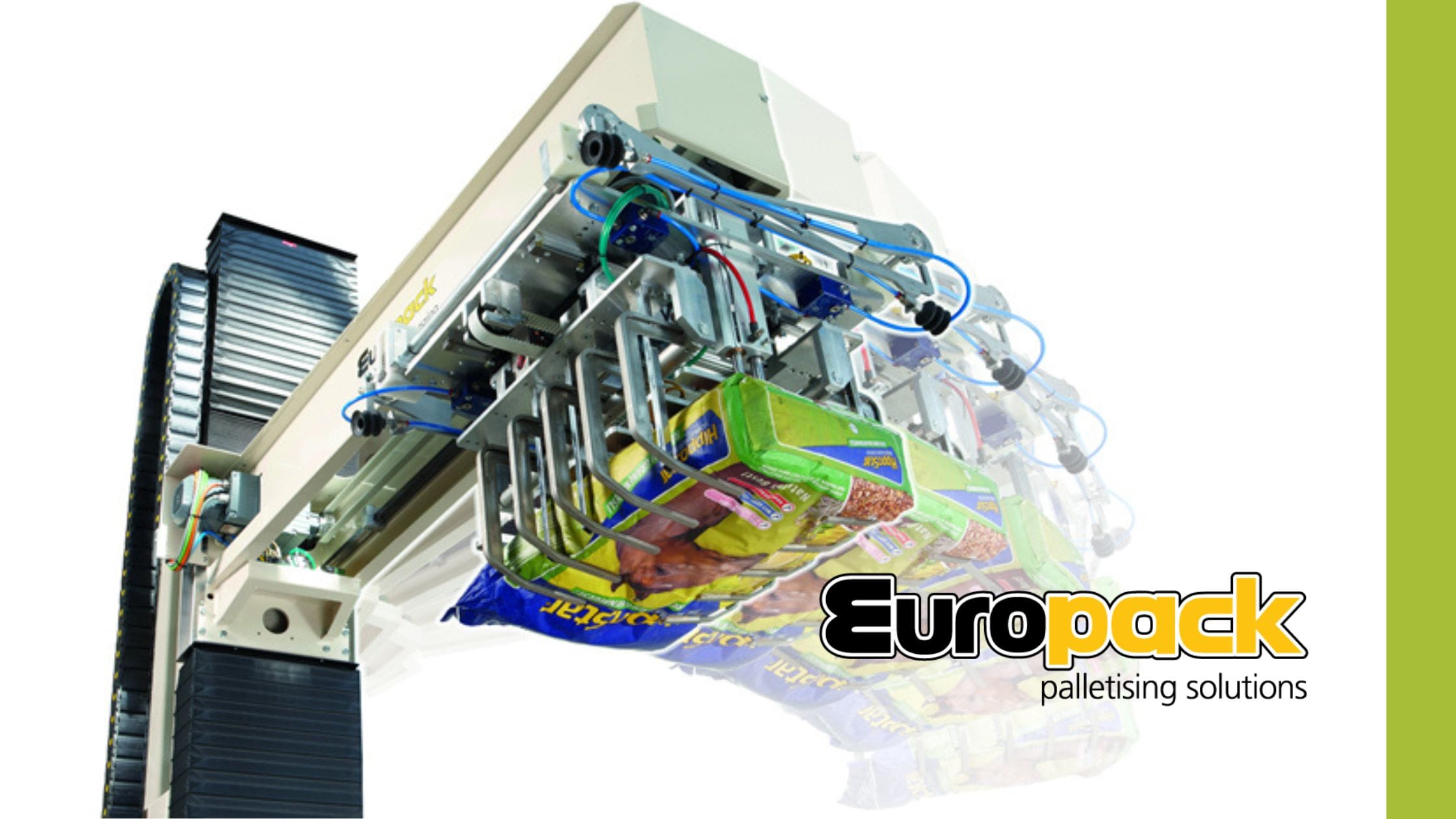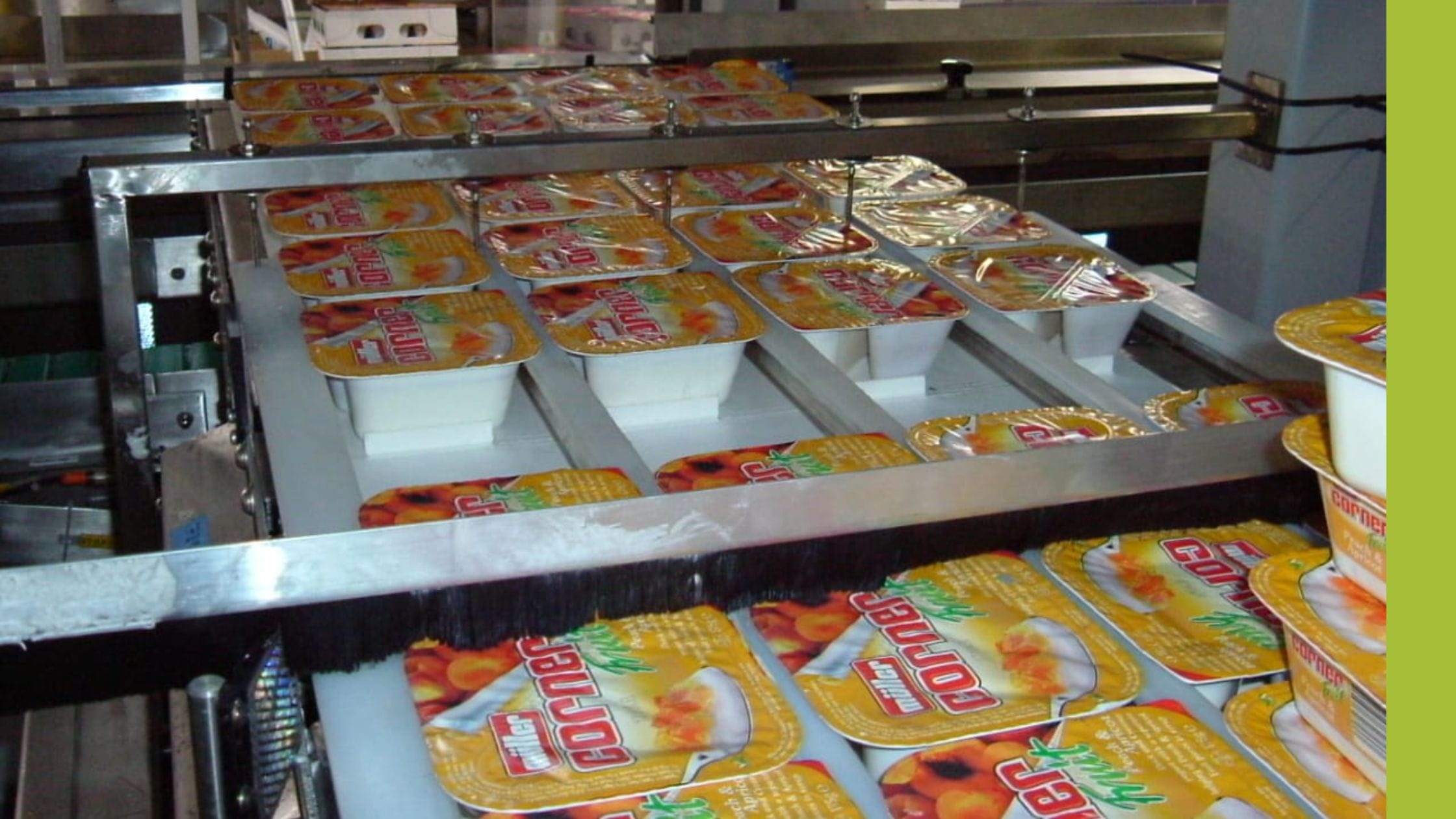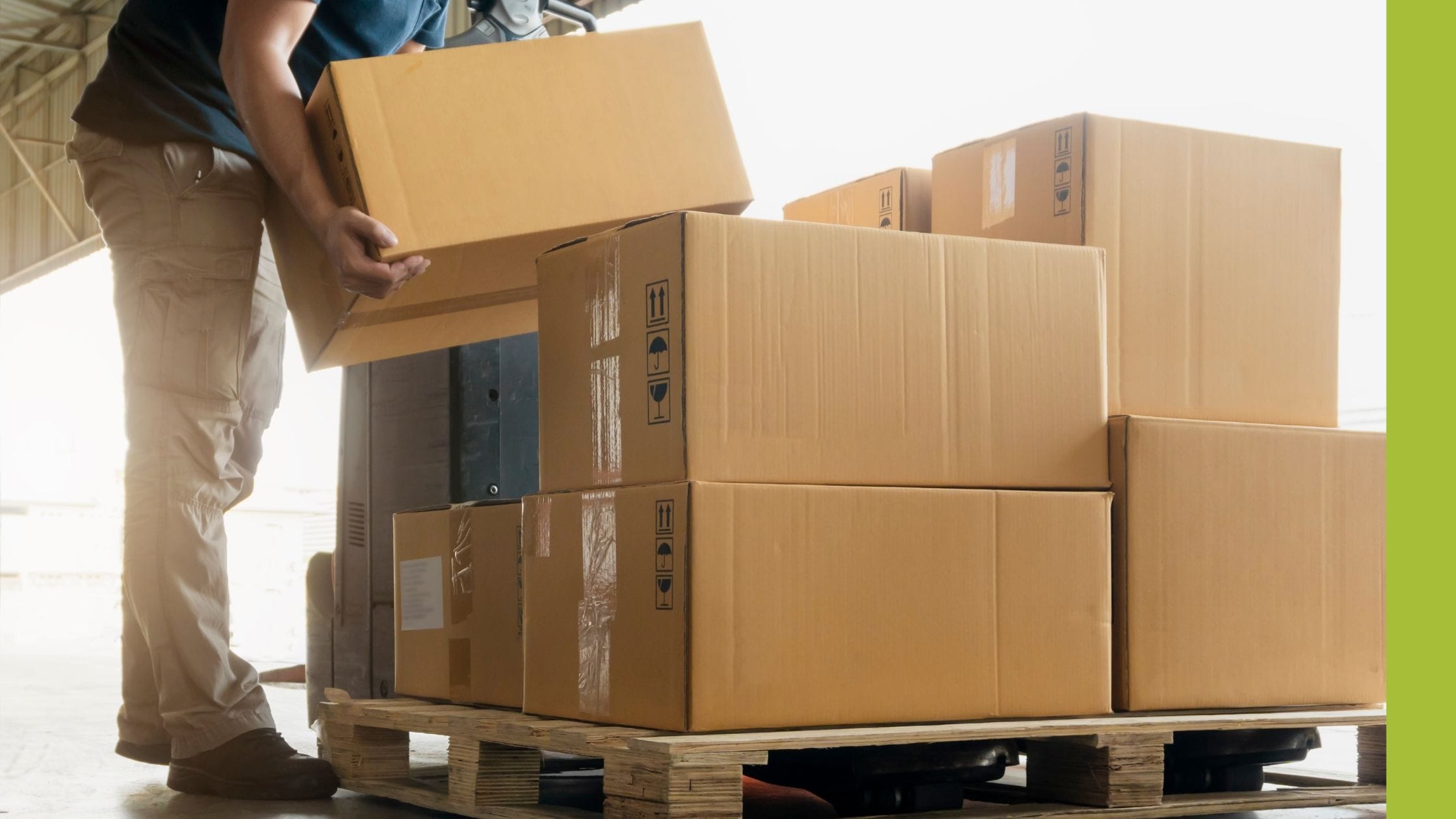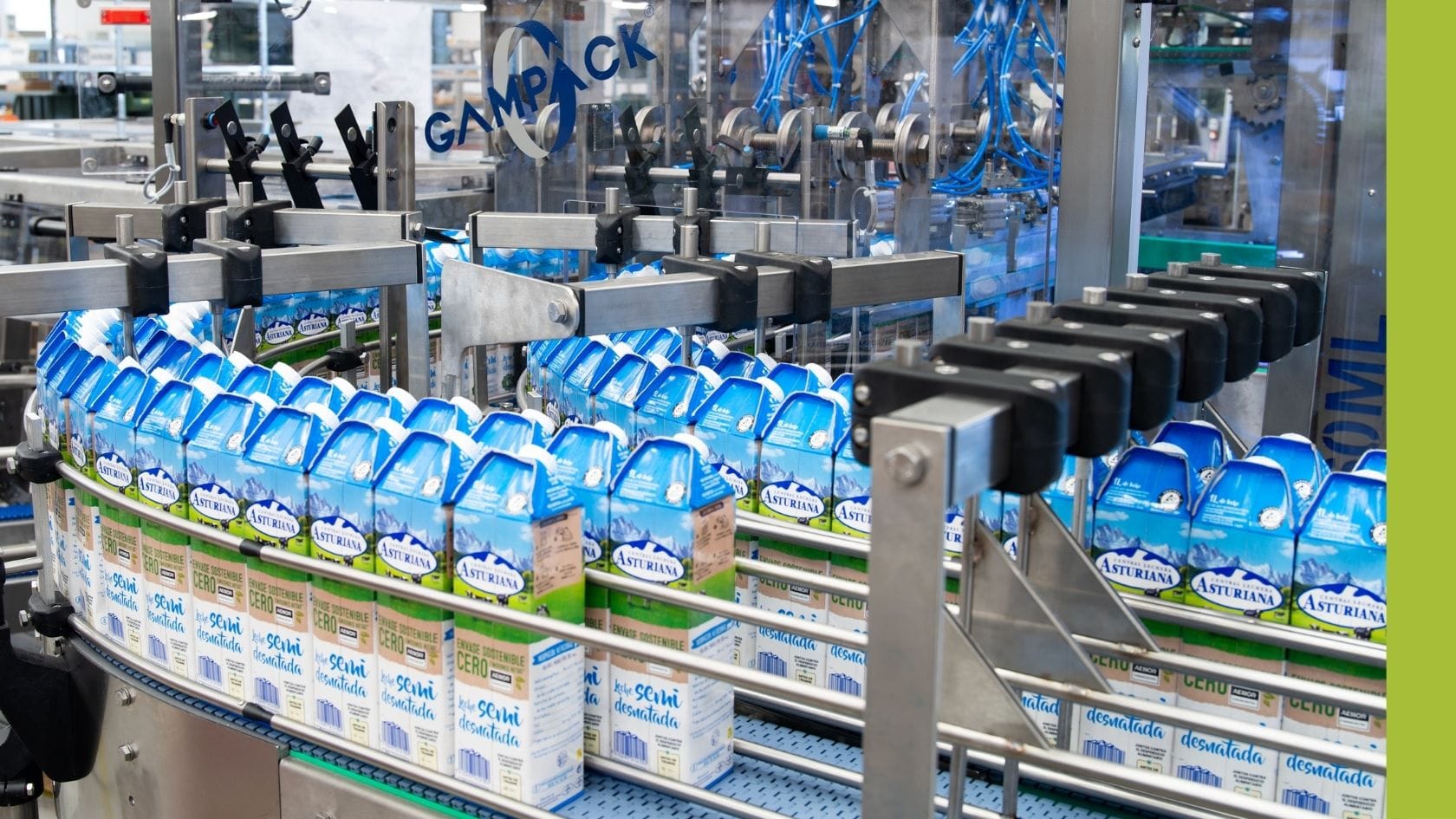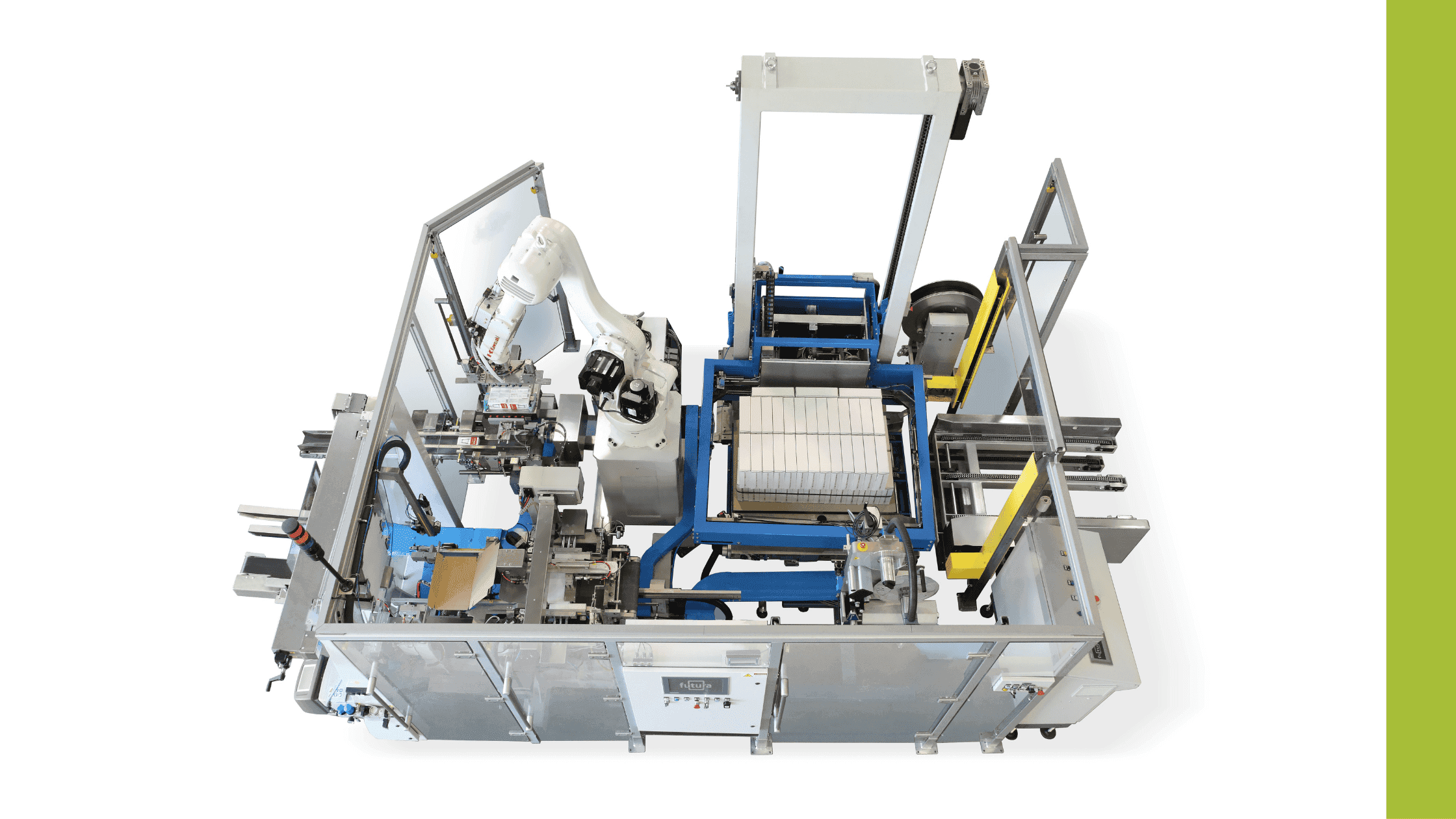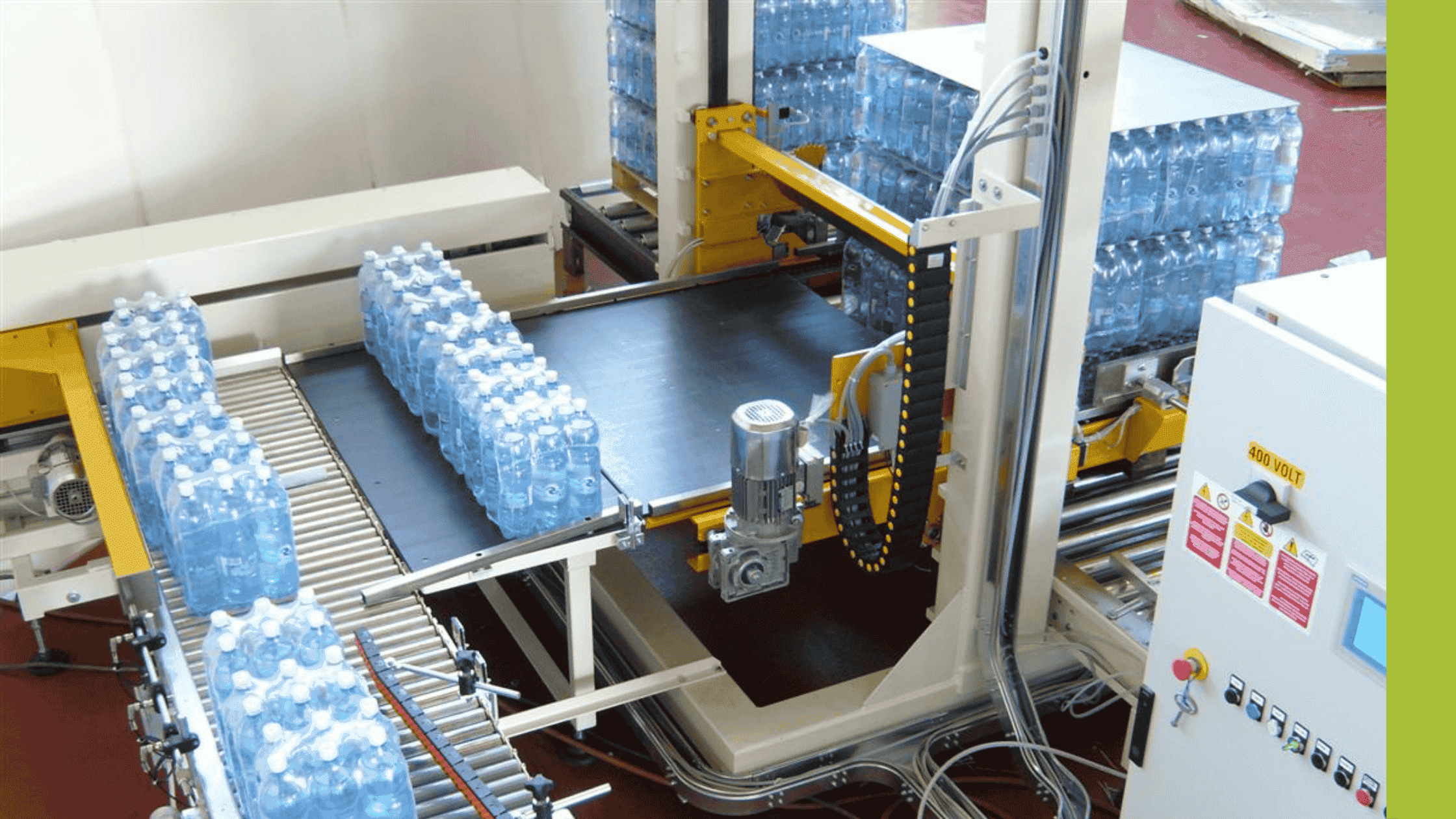Introducing Spider Robots: PALpack’s newest palletising partner
Spider Robots has been building automatic packing and palletising lines for over 30 years, and are one of Europe’s leading suppliers of palletisers. PALpack is proud to announce that we are the UK’s official agent for Spider Robots.

